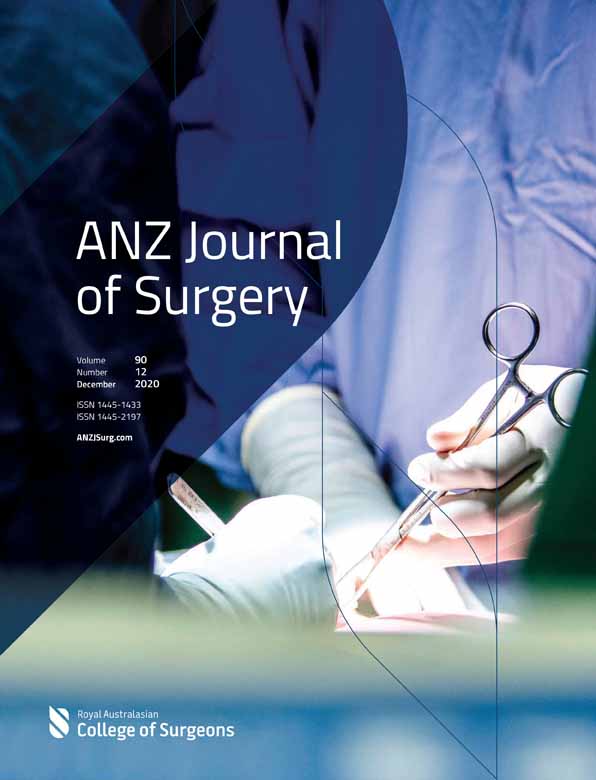Patterns of arterial involvement and feasibility of revascularization in thromboangiitis obliterans: a tertiary care centre experience
Sunil Agarwal is deceased.
Abstract
Background
Arterial revascularization is seldom considered as a treatment option in thromboangiitis obliterans (TAO) due to diffuse segmental involvement of medium- and small-sized extremity vessels. Although typical angiographic features include bilaterally symmetrical involvement of infrapopliteal vessels, larger vessels too can be affected. Similarly, there could be distal target vessels feasible for revascularization. This study was conducted to describe the patterns of arterial involvement in TAO and assess the feasibility of revascularization.
Methods
The study was approved by the Institutional Review Board and research ethics committee of Christian Medical College, Vellore (IRB no: 12034). A retrospective study was conducted in the Department of Vascular Surgery, Christian Medical College, Vellore, India, between January 2009 and December 2018. There were 329 patients who fulfilled the clinical criteria for TAO of whom 83 had an angiogram done. These 83 patients formed the study cohort.
Results
Large vessel involvement was seen in 56.6% of patients and 79.5% of patients had at least one or more distal target artery feasible for revascularization. The anterior tibial artery and peroneal artery were the most common target vessels that were patent for revascularization. Of the 22 patients who underwent revascularization (16 bypasses and six angioplasties), the patency rate was 64.8% and the limb salvage rate was 80.9% at the end of 6 months.
Conclusion
The study shows that one-third of our patients with TAO have a distal target artery feasible for revascularization. As most of the affected patients are in the economically productive age group, every attempt should be made to salvage the limb with revascularization for which the use of angiography should be more liberal.
Conflicts of interest
None declared.




